Heirloom planting has gained popularity among gardening enthusiasts looking to grow unique and flavorful varieties. Whether you’re a seasoned gardener or new to the world of heirloom crops, this guide offers essential tips to help you unlock success. From understanding the secrets to growing heirloom tomatoes to mastering the best practices for preserving these timeless varieties, this article covers everything you need to know. Discover expert advice on optimizing your soil, selecting the perfect plants, and caring for your heirloom seeds to ensure a bountiful harvest. Find out how to overcome common challenges, such as soaking seeds and achieving optimal growing conditions, while learning tips tailored for both beginners and experienced growers. With the right approach, you can successfully grow and preserve heirloom varieties, enriching your garden and your palate. Let’s explore the world of heirloom planting and empower yourself to achieve gardening success.
Key Takeaways
– Heirloom Seeds Require Thoughtful Preparation: Proper container and soil setup, along with consistent watering and lighting, are crucial for successful growth.
– Challenges of Heirloom Growing: Open-pollination, genetic diversity, and specific care needs set heirloom seeds apart from hybrids.
– Optimal Germination Conditions: Maintain 70°F (21°C) and ensure well-drained soil for best results.
– Beginner-Friendly Planting Tips: Choose the right location, use high-quality seeds, and prepare soil for successful sowings.
– Monitor and Maintain: Regular checks for moisture, pests, and proper nutrient supply are essential for healthy growth.
What is the Secret to Growing Heirloom Tomatoes?
Growing heirloom tomatoes requires a combination of care, knowledge, and the right approach. Here are some proven tips to help you succeed:
- Select the Right Varieties : Choose heirloom tomato varieties suited for your climate and growing season. Look for determinate or indeterminate types depending on your space and preferences.
- Prepare the Soil : Heirloom tomatoes thrive in well-draining soil rich in organic matter. Amend your soil with compost or aged manure to improve fertility and structure.
- Watering Technique : Use drip irrigation or mulch to conserve water and prevent soil moisture issues. Overwatering can lead to fungal diseases like late blight.
- Support Systems : Provide sturdy stakes or cages for taller varieties. Proper support helps prevent plants from spreading too widely and breaking under the weight of fruit.
- Pest and Disease Management : Regularly inspect plants for common pests like aphids and spider mites. Practice crop rotation and use organic sprays to manage diseases like leaf mold and alternaria.
- Fertilization : Apply balanced fertilizer at planting time and again during the growing season. Avoid over-fertilizing to prevent leggy plants and excessive foliage growth.
- Pollination Assistance : Heirloom tomatoes are self-pollinating, but poor pollination can reduce yields. Ensure your plants have access to bees and other pollinators by planting nearby flowers or setting up bee habitats.
- Harvest at Peak Ripeness : Heirloom tomatoes ripen unevenly, so pick fruits gradually when they reach peak ripeness to encourage continued flowering and fruit set.
- Companion Planting : Grow herbs like basil, marigolds, or nasturtiums alongside tomatoes to repel pests and enhance the ecosystem.
- Store Harvested Tomatoes Properly : Store heirloom tomatoes at cool temperatures (around 55°F) to slow ripening and extend shelf life.
For more tips and resources on heirloom gardening, visit our gardening resources page. Explore our collection of heirloom seeds and learn about sustainable farming practices to maximize your gardening success.
Do I Need to Soak My Tomato Seeds Before Planting?
Tomato seeds generally do not require soaking before planting, as they typically have a high germination rate due to their genetic makeup. However, some gardeners find benefits in soaking seeds, particularly heirloom or organic varieties, as it may help soften the seed coat and potentially improve germination.
If you choose to soak your tomato seeds:
- Submerge the seeds in room temperature water for 1-7 days.
- Change the water daily to prevent mold growth.
- After soaking, plant the seeds in well-draining soil or use starter pots.
Tomato seeds are hardy and can germinate in various conditions, so soaking is optional. Consider your seed variety and growing environment when deciding whether to proceed.
Best Conditions for Heirloom Tomatoes
Heirloom tomatoes are a popular choice for gardeners due to their vibrant flavors and unique characteristics. However, these plants require specific conditions to thrive. Below are the optimal growing conditions for heirloom tomatoes:
- Soil Requirements : Heirloom tomatoes prefer well-draining soil with a pH level of 6.0 to 8.0. Ideally, the soil pH should be maintained between 6.5 and 7.0 for optimal nutrient absorption. Incorporate organic matter like compost or aged manure to improve soil fertility and structure.
- Light Exposure : These plants require full sun, meaning they need at least 6 hours of sunlight daily. Insufficient sunlight can result in stunted growth and reduced fruit production.
- Watering Practices : Heirloom tomatoes are relatively drought-tolerant once established but require consistent moisture during germination and the seedling stage. Overwatering can lead to root rot, so ensure proper drainage and avoid waterlogging.
- Fertilization : Apply a balanced fertilizer with nitrogen, phosphorus, and potassium at planting time and again during the growing season. This helps promote healthy growth and abundant fruit production.
- Mulching : Mulch around the base of the plants to retain soil moisture, regulate soil temperature, and suppress weed growth. This practice also helps protect the soil from overheating during intense summer sun.
- Pest and Disease Management : Heirloom tomatoes are susceptible to pests like aphids and spider mites, as well as diseases such as bacterial wilt and verticillium wilt. Regular monitoring and treatment with natural solutions like neem oil or insecticidal soap can help manage these issues effectively.
- Spacing : Proper spacing is crucial to prevent overcrowding, which can increase the risk of disease and reduce air circulation around the plants. Space plants approximately 2 feet apart in rows, allowing enough room for growth and movement.
- Temperature : Heirloom tomatoes perform best in warm temperatures, preferably between 70°F and 85°F (21°C to 29°C). Protecting plants from frost or cold weather is essential, especially in cooler regions, using row covers or cold frames if necessary.
- Pollination : While heirloom tomatoes are self-pollinating, having pollinators like bees can improve fruit set and yield. Planting companion crops or flowers that attract pollinators can further support your tomato plants.
By adhering to these conditions, you can successfully grow healthy and productive heirloom tomatoes, enjoying the rich flavors and unique traits these varieties offer. For more detailed guidelines and resources, visit OldSeed.org .
How to Plant Heirloom Seeds
To successfully plant heirloom seeds, follow these organized steps:
- Container Preparation:
- Select containers with drainage holes, such as seed trays or peat pots.
- Fill containers with high-quality potting mix for optimal growth conditions.
- Ensure containers are clean and free from contaminants.
- Soil Preparation:
- Use a lightweight potting mix suitable for seeds.
- Add sand if needed for improved drainage.
- Moisten the soil with water before planting seeds.
- Sowing the Seeds:
- Gently press seeds into prepared soil with a finger or stick.
- Space seeds approximately 0.5 inches apart within rows.
- Mark rows for easy reference and to avoid overcrowding.
- Watering Techniques:
- Water seeds lightly immediately after planting.
- Establish a watering schedule, checking soil daily and watering when the top inch of soil feels dry.
- Avoid overwatering to prevent damping off and root rot.
- Lighting and Temperature:
- Provide full sun exposure if possible; otherwise, use grow lights.
- Maintain a consistent temperature around 70°F (21°C) for optimal germination.
- Patient Growth Monitoring:
- Cover seeds with a thin layer of soil to retain moisture and protect from pests.
- Monitor for signs of germination, typically within 2-3 weeks.
- Keep containers in a well-ventilated area to prevent fungal issues.
- Nutrient Supply:
- Apply a balanced fertilizer (e.g., 10-10-10) once seeds have sprouted.
- Follow package instructions carefully to avoid harming the seeds.
- Transplanting Seedlings:
- Transplant seedlings to larger containers when they have developed two true leaves.
- Ensure new containers have proper drainage and suitable growing medium.
- Seed Storage:
- Store unused seeds in an airtight container in a cool, dry place.
- Consider refrigeration to extend seed viability.
By following these steps, you can successfully plant and nurture heirloom seeds for a bountiful harvest!
Are Heirloom Seeds Harder to Grow?
Heirloom seeds, while celebrated for their historical significance and unique traits, may present unique challenges compared to modern hybrid varieties. Here’s a breakdown of what makes them distinct and how they differ in growth difficulty:
- Historical Context : Heirloom seeds are often open-pollinated, meaning they require specific conditions to develop naturally. This historical aspect contributes to their resilience but also requires growers to understand their specific needs.
- Genetic Diversity : Unlike hybrid seeds, which are bred for uniformity, heirlooms exhibit genetic diversity. This diversity can lead to varied growth patterns, requiring tailored care based on the specific variety.
- Care Requirements : Heirloom plants often demand more attention during germination and growth. Proper soil preparation, adequate water, and consistent sunlight are essential for successful cultivation.
- Seasonality : Many heirloom varieties are better suited for specific climates or seasons, making them less adaptable to diverse growing conditions.
- Challenges in Preservation : Preserving heirloom seeds involves careful techniques to maintain their viability, which can be more complex than storing hybrid seeds.
Despite these challenges, many gardeners find the effort rewarding due to the unique characteristics and rich history of heirloom plants. With patience and knowledge, growing heirloom seeds can be a fulfilling and enriching experience.
For more insights into heirloom gardening, explore our heirloom seed collection and learn about the best practices for growing these timeless varieties.
How to Plant Seeds for Beginners
Planting seeds can be a rewarding experience, especially for someone new to gardening. Here’s a step-by-step guide to help you get started:
- Choose the Right Location
- Select a spot in your yard or garden that receives full sunlight, as most plants require at least 6 hours of sunlight daily.
- Ensure the area is accessible and has enough space to move around while working.
- Protect your plants from strong winds by positioning them near a fence or wall.
- Select the Right Seeds
- Pick seeds suited for your climate and growing season. Research local gardening groups or online forums for recommendations.
- Look for high-quality seeds from reputable sellers. Consider trying heirloom varieties for unique flavors and colors.
- Check the seed packet for specific instructions, such as germination temperature ranges and planting depths.
- Prepare the Soil
- Till the soil to create loose, aerated earth, which allows water and nutrients to penetrate easily.
- Add organic matter like compost or aged manure to improve soil fertility and drainage.
- Test the soil pH using a kit to ensure it’s suitable for your chosen plants. Most vegetables thrive in a slightly acidic to neutral pH level.
- Sow the Seeds
- Dig small holes or depressions in the soil, spaced appropriately based on the plant’s mature size.
- Place each seed gently into the hole, ensuring it’s not too deep. Small seeds can be spread thinly across the surface.
- Cover the seeds lightly with soil, leaving enough space for growth. Press firmly but don’t pack the soil tightly.
- Water Properly
- Water the seeds immediately after planting to settle the soil and keep it moist but not waterlogged.
- Use a fine spray or watering can to avoid disturbing the seeds.
- Mist the soil regularly, keeping it consistently moist until the seeds sprout. Avoid overwatering, as this can lead to rot or fungus issues.
- Monitor and Maintain
- Check the soil daily to ensure it stays evenly moist. Remove any weeds that compete for space and nutrients.
- Fertilize the plants once they’ve grown a few inches tall, following the recommended dosage on the fertilizer packaging.
- Protect young plants from pests by using row covers or insect netting if needed.
By following these steps, you’ll be well on your way to successfully planting seeds and enjoying the fruits of your labor. Remember to be patient and observe the progress of your plants as they grow and develop.
Looking for more tips? Check out our Garden Tips Guide for additional advice on growing your own seeds and maintaining a thriving garden.

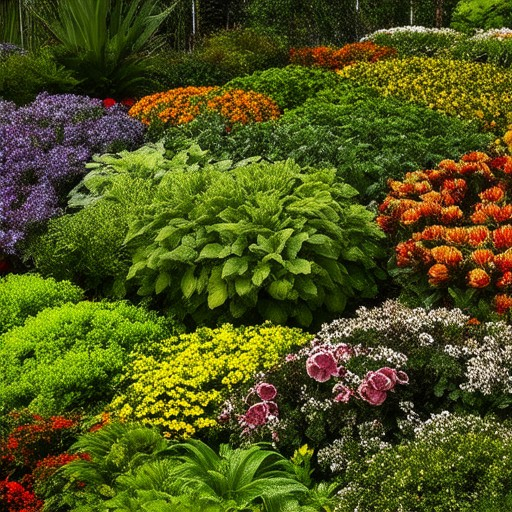
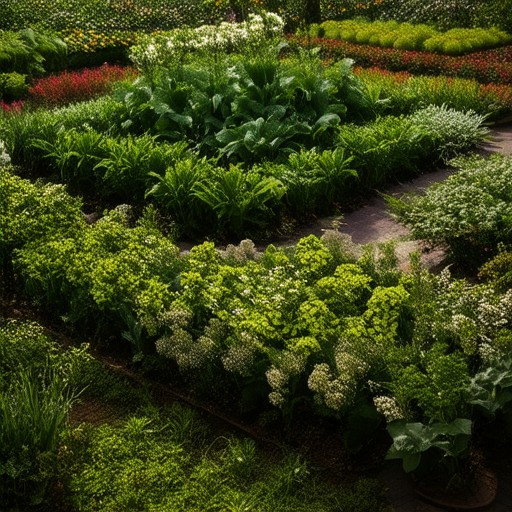
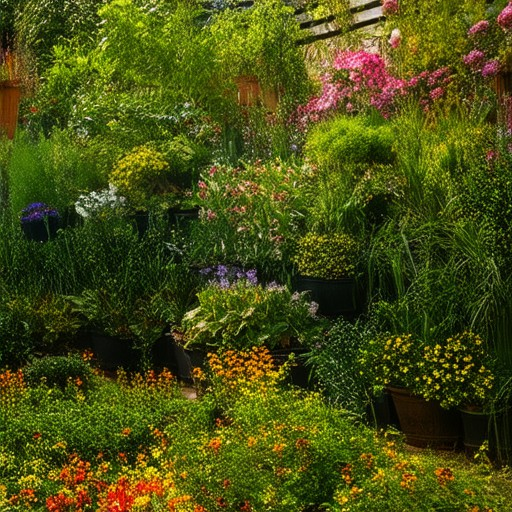
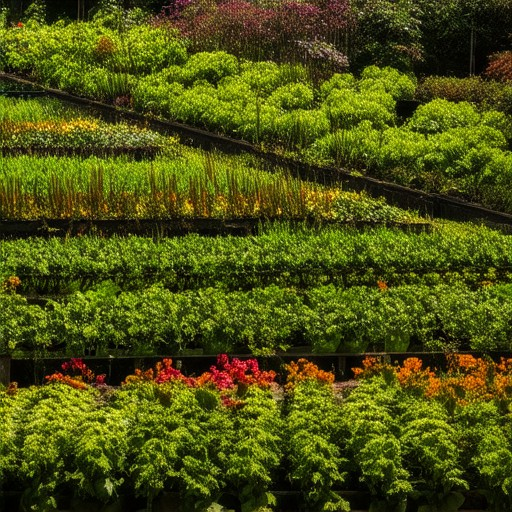
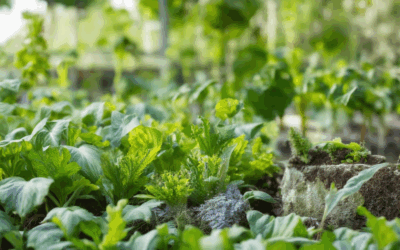
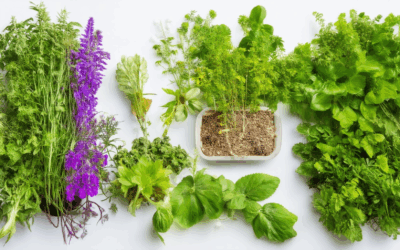
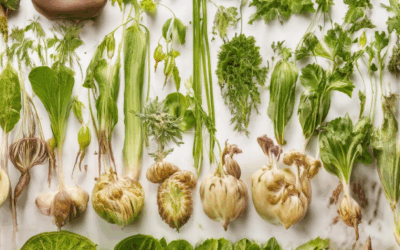
0 Comments